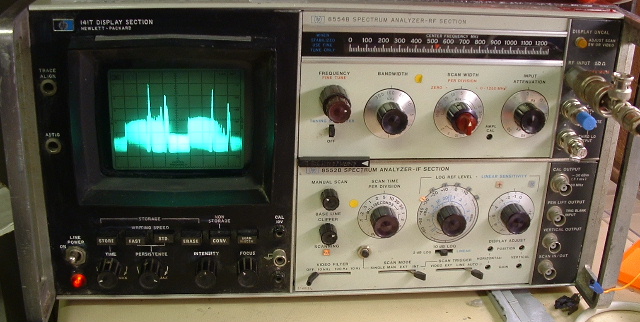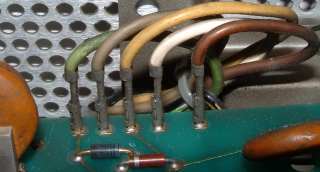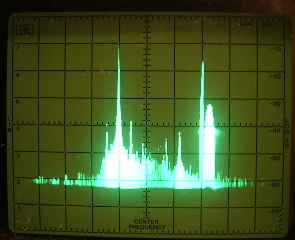A picture of it working
|
End Result |
What I started with
|
In the beginning |
What it was like
|
First
Impressions |
The first fault
|
No_tuning
|
| The most obvious problem |
Burnt_resistors_in_the_power_supply_
|
Locating service manuals on US Army website
|
US_Army_to_the_rescue
|
Choosing new resistors
|
Resistor_Replacement
|
Another fault on the timebase unit
|
Almost_Short_Circuit
|
Mistake
|
More_smoke
|
Finally spotted another mistake
|
Similar_coloured_wires_again
|
Fatal flaw exposure after...
|
I_did_up_all_the_screws...
|
The last fault
|
Holdoff_timing_leakage
|
Conclusion
|
Working_still
|
Some time later. Continued
problems fixed and outstanding
|
In_use
|
| More In use Jan 2007 |
More In Use |




